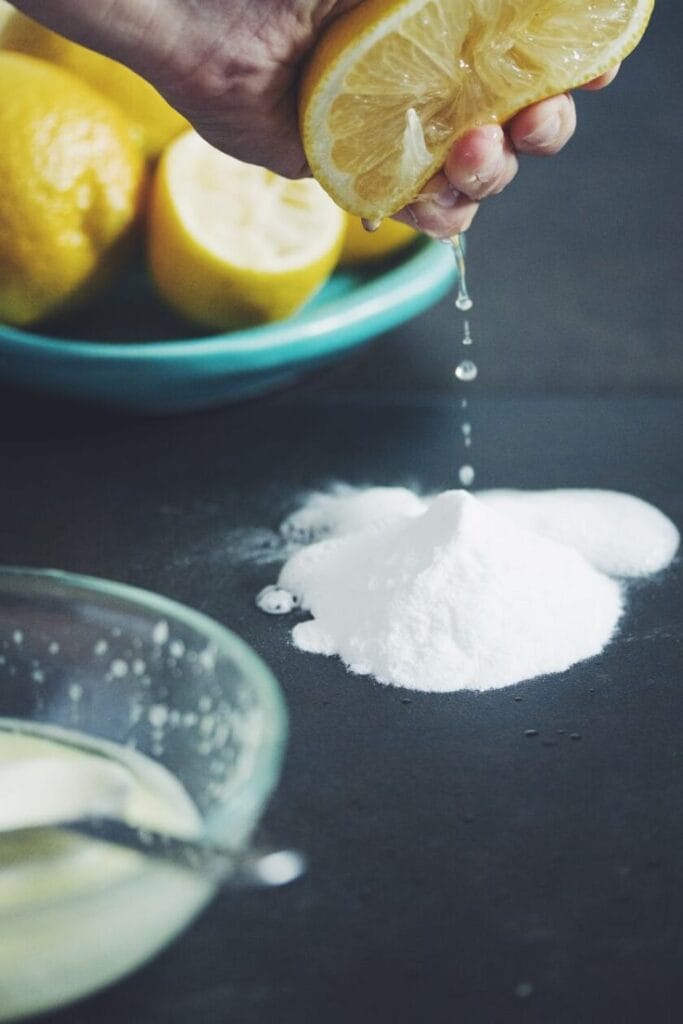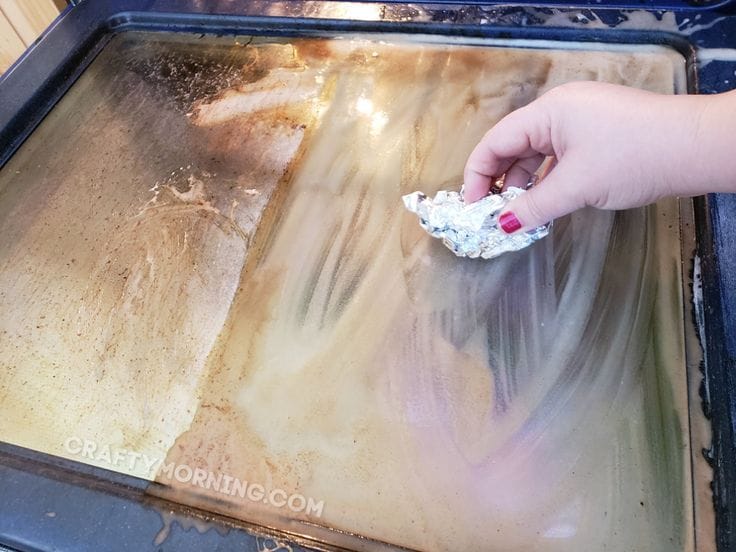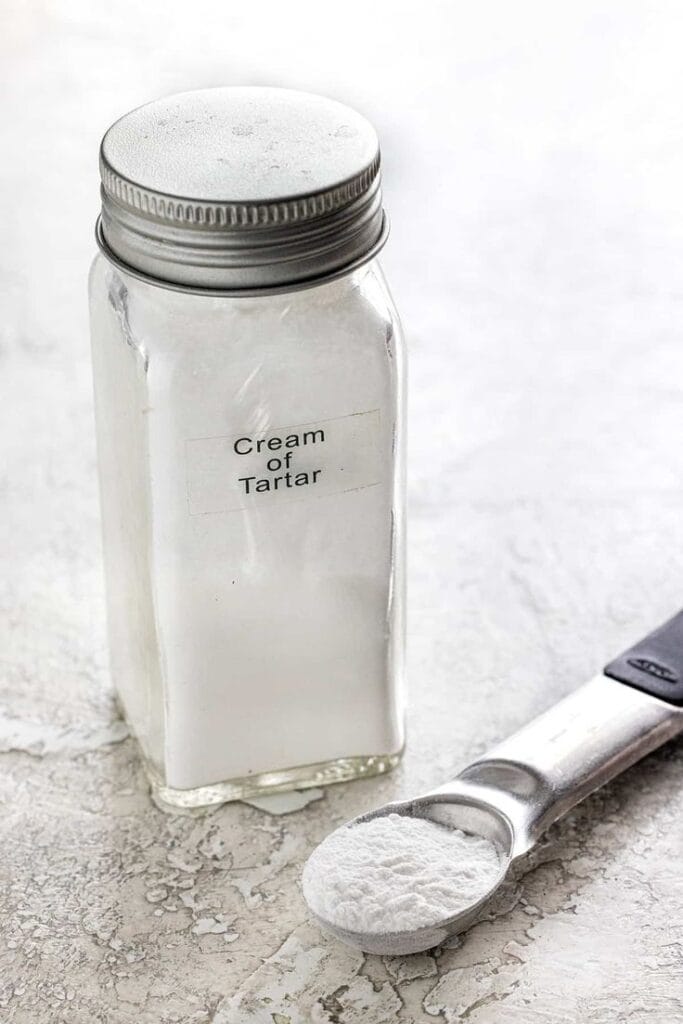Burnt pots are a kitchen nightmare that almost every home cook encounters at some point. Whether it’s because of a forgotten stew or pasta left too long on high heat, the resulting blackened mess at the bottom of the pot often feels like a lost cause. But before you throw that burnt cookware in the trash, hold on! There’s a simple way to restore your burnt pot and make it look like new again—without harsh chemicals or hours of scrubbing.
In this comprehensive guide, we’ll show you step-by-step methods to clean burnt pots using natural, affordable ingredients. These techniques are safe, effective, and use items you likely already have at home. Say goodbye to scrubbing for hours and hello to shiny, like-new pots!
Table of Contents
- Why Pots Burn and How to Prevent It
- The Danger of Using Harsh Chemicals
- Natural Methods to Clean Burnt Pots
- Baking Soda and Vinegar
- Lemon and Salt
- Dish Soap and Dryer Sheet
- Aluminum Foil Scrub
- Cream of Tartar Paste
- Deep Cleaning for Stubborn Burnt Residue
- How to Make Stainless Steel Pots Shine
- Tips for Maintaining Your Cookware
- Final Thoughts
1. Why Pots Burn and How to Prevent It
Before we dive into cleaning techniques, let’s understand why pots burn in the first place. Common reasons include:
- Leaving food unattended on high heat
- Not stirring food frequently
- Using the wrong burner size
- Cooking sugary or sticky ingredients too long
Prevention is key. Use low-to-medium heat for most cooking, stir often, and always keep an eye on your food. But if your pot has already burned, don’t panic—you can still fix it!
2. The Danger of Using Harsh Chemicals
Many commercial cleaners claim to remove burnt food from pots instantly. However, these often contain toxic chemicals that can:
- Erode the surface of your cookware
- Release harmful fumes
- Contaminate food if not rinsed properly
To protect your health and your cookware, opt for natural, non-toxic methods. These alternatives are just as powerful—without the risk.
3. Natural Methods to Clean Burnt Pots
Here are the best natural solutions to restore your burnt pot and make it sparkle like new.
Method 1: Baking Soda and Vinegar (Classic Combo)
how to clean a burnt pot with baking soda and vinegar
What You Need:
- 1 cup water
- 1 cup white vinegar
- 2 tablespoons baking soda
Instructions:
- Pour water and vinegar into the burnt pot.
- Bring the mixture to a boil.
- Remove from heat and add baking soda (it will fizz).
- Let it sit for 15 minutes.
- Scrub gently with a sponge or soft brush.
- Rinse thoroughly.
This method is perfect for stainless steel and aluminum pots. It lifts burnt food and neutralizes odors.
Method 2: Lemon and Salt (Citrusy Scrub)

natural way to clean burnt cookware
What You Need:
- 1 lemon
- 2 tablespoons coarse salt
Instructions:
- Cut lemon in half.
- Sprinkle salt over the burnt area.
- Use the lemon to scrub the pot in circular motions.
- Let the juice sit for 10–15 minutes.
- Rinse and wash as usual.
Lemon is a natural degreaser and combined with salt, it becomes a gentle abrasive that works wonders on light to moderate burns.
Method 3: Dish Soap and Dryer Sheet (Surprising Trick)
clean burnt pot without scrubbing
What You Need:
- Warm water
- Dish soap
- 1 dryer sheet
Instructions:
- Fill the pot with warm water and a few drops of dish soap.
- Submerge a dryer sheet in the water.
- Let it soak for 1–2 hours.
- Remove the sheet and scrub lightly.
The dryer sheet softens the burnt residue, making it easy to remove without damage.
Method 4: Aluminum Foil Scrub

What You Need:
- A crumpled ball of aluminum foil
- Dish soap
- Warm water
Instructions:
- Add a few drops of dish soap and warm water to the pot.
- Use the foil ball as a scrubber.
- Apply gentle pressure and scrub in circles.
This is a powerful method for stubborn burnt stains, especially on stainless steel pots. Just avoid using it on non-stick surfaces.
Method 5: Cream of Tartar Paste

What You Need:
- 1 tablespoon cream of tartar
- A few drops of water
Instructions:
- Mix cream of tartar and water to form a paste.
- Spread the paste over the burnt areas.
- Let it sit for 20–30 minutes.
- Scrub and rinse clean.
Cream of tartar acts as a mild abrasive and restores the shine without scratching your cookware.
4. Deep Cleaning for Stubborn Burnt Residue
If you’re dealing with severely burnt cookware, combine techniques for a deep clean:
- Start with boiling vinegar and water.
- Add baking soda and let it sit.
- Scrub with a foil ball or scouring pad.
- Use lemon and salt for a final polish.
Repeat the process if necessary. Patience and the right tools will eventually get your pot back to like-new condition.
5. How to Make Stainless Steel Pots Shine
Once the burnt residue is gone, you’ll want your pot to shine like new. Here’s a quick polish method:
What You Need:
- White vinegar
- Microfiber cloth
Instructions:
- Dampen the cloth with vinegar.
- Wipe the inside and outside of the pot.
- Buff with a dry section of the cloth.
This removes streaks and restores shine to stainless steel cookware. It’s a simple way to finish the cleaning process.
6. Tips for Maintaining Your Cookware
Now that your pot is clean, keep it that way with these tips:
- Avoid overheating: Don’t use high heat unless necessary.
- Use the right tools: Avoid metal utensils that can scratch surfaces.
- Soak immediately: Don’t let burnt food sit and harden overnight.
- Dry thoroughly: Prevent rust by drying completely after washing.
- Polish monthly: Keep stainless steel looking new with regular vinegar wipes.
7. Final Thoughts
Next time you burn a pot, don’t rush to toss it out. With a little effort and the right ingredients, you can restore your burnt pot to its original shine. Whether you use baking soda and vinegar, lemon and salt, or a surprising dryer sheet trick, you’ll be amazed at how effective these natural cleaning methods are.
Stop wasting money on new pots or harsh chemicals. Embrace these DIY cleaning hacks and enjoy cookware that looks and performs like new. Share these tips with friends and family—everyone deserves a sparkling clean kitchen!

One thought on “Don’t Throw It in the Trash: This Way You Can Make a Burnt Pot Look Like New”